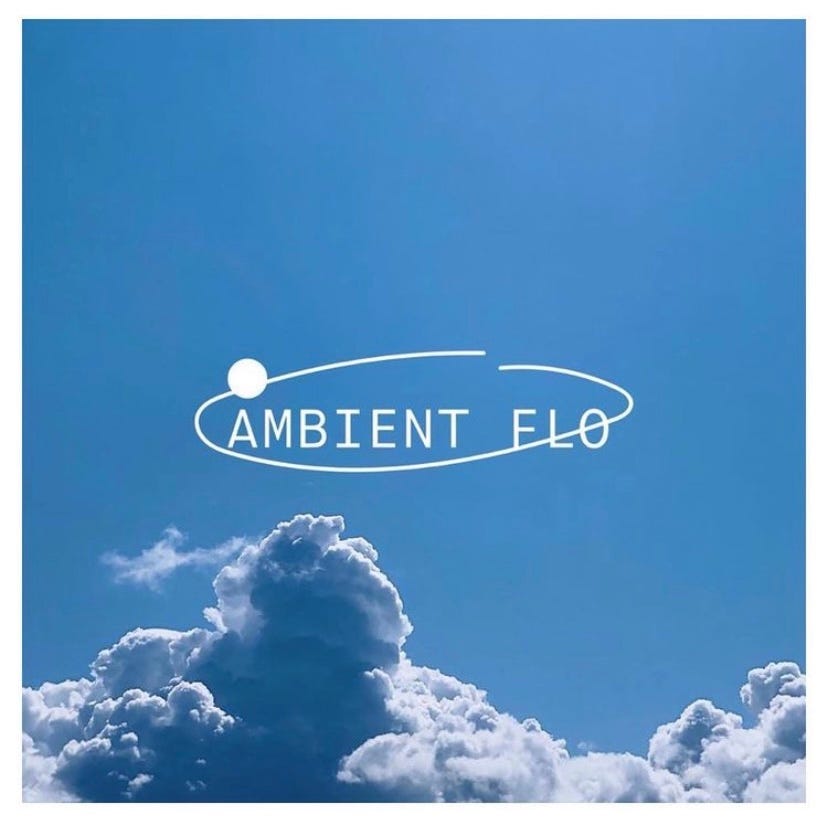Plants Can Dance
...and Mushrooms Sing. Introducing our new biosonification concept, My Analog Journal broadcast, London live show on 29th March.
Plants Can Dance (and Mushrooms Sing) is a new concept I’m developing. It combines my last five years of plant and fungi biosonification explorations with my first love, music.
The concept is still in the early development phase, but one thing is clear: the way electricity from the natural world can be turned into electronic sound creates a bridge between two worlds that many considered to be entirely separate - a paradigm shift. And, the resulting music is something that a lot of people gain immense pleasure from.
I’ve shared so many jaw-dropping moments doing all sorts of biosonification performances over the last few years - in galleries, churches, festivals, schools, auditoriums and more, Plants Can Dance (and Mushrooms Sing) is my way to continue with this practise, researching new ways to deepen our connection to the natural world through sound.
Plants Can Dance kicked off this week with a broadcast on the popular YouTube channel My Analog Journal. During this performance, I hooked my modular synth to the plants in the studio and played alongside a selection of vinyl in tune with the plant melodies.
I included a selection of treasured rare ambient, new age, 4th world, electroacoustic and polyrhythmical vinyl, which seems like a perfect match for the plant sounds. Records featured include music by Mort Garson, Midori Takada, Nuno Cannavaro, Suzanne Ciani, Flore Libertine and more.
Bernie Krause - Camp KM41, Amazonas, Brazil
Suzanne Ciani - Oceanarium
Trance - Purification
Mort Garson - Ode to an African Violet
Flore Laurentienne - Voiles
Mkwaju Ensemble - Ki-Motion
Nuno Cannavarro - Blu Terra
Pauline Anna Strom - Tropical Rainforest
Nueen - Time=Feel
Mkwaju Ensemble - Tin-Rin
Miguel Noya - Inoculacion
Kazuya Nagaya - Mother Wading in the River
Water, light and touch all effect the output as this video shows!
Plants Can Dance Live in London
The first Plants Can Dance live performance will be in support of my other alias - Auntie Flo - live AV show in London on the 29th of March. Held at the Omeara venue in London Bridge, the show will combine both sides of my musical worlds.
I’m just back from two Auntie Flo live show’s in Kenya and Goa, which were incredible. More news on that trip will come soon :) But in the meantime, I hope you can support live music and come witness this live double header
»» BUY TICKETS
I really hope you can join me! If not, I have several Plants Can Dance shows lined up for later this year, which will be announced soon.
Why Plants Can Dance?
The natural world can often be out of reach. For 80% (6.2 billion of us) that live in urban areas, we’re surrounded by concrete, limiting our access to nature under our feet. For the past 100 years, we’ve filled our skies with air traffic and industrial noise that has significantly distorted our soundscape.
I’ve lived in cities my whole life and inner-London for the past 15 years. During the covid lockdowns, I started to crave a closer connection to the natural world and five years ago actively sought ways that could help me do that.
I started getting out and recording nature in the parks around where I live, using microphones and recording equipment as a means of plugging in to the natural world’s interface: the better the equipment I used, the more layers of sound were unveiled, the density of information provided by the natural world revealed and the better (patient) listener I became.
I started Ambient Flo radio in 2020 as a means of combining ambient music (in its broadest sense) and the sounds of nature. Listeners could blend field recordings I and others had made with ambient music to achieve their perfect blend of human music and nature’s own music. Every month, I worked with a guest curator who shared their knowledge and music based on nature connection and transcendence.
Shortly after, I entered the world of biosonification which allowed me to listen to nature's internal rhythms - analysing electrical biodata and converting it into sound information that in turn can be subtly manipulated and heard as a type of generative music. I created bioelectrical music for vertical farms, mycelium pavilions, mushroom dens and even Vinnie Jone’s vegetable patch!
Biosonification reveals that all plants and fungi are unique. They communicate in a language that is unique and operate on a completely different time frame than humans. I found that I needed to adjust the ways in which I listen to be able to hear what a plant is saying. Patience is the key.
Plants are dancing - literally - they are moving, swaying, connecting in harmony just like humans on a dance floor but operating on their own time, mostly imperceptible to the naked eye.
Mushrooms Sing - fungi are continuously connecting with the world around them, collaborating and exchanging information. As some of the oldest species living on the planet today, they have a knowledge base that extends back millennia. They sing to each other using their mycelia, exchanging the information that helps them (and everything around them) to survive and thrive.
In case you missed it, we released this vinyl last year as a celebration of a variety of fungi sounds:
In The Field
If you want to know more, my friend Tarun Nayar aka Modern Biology has just launched his Substack and released a ‘field guide’ to this type of creative practise. Coincidentally, we both embarked on a similar creative journey with biosonfication around the same time, but only discovered each others work some years later, in the lead up to my Mushroom Music night in London last year. Since then we’ve connected multiple times and I’ve got a huge respect for what he does, which I believe is mutual. Please check:







Keep in keeping on Brian..💚
❤️❤️